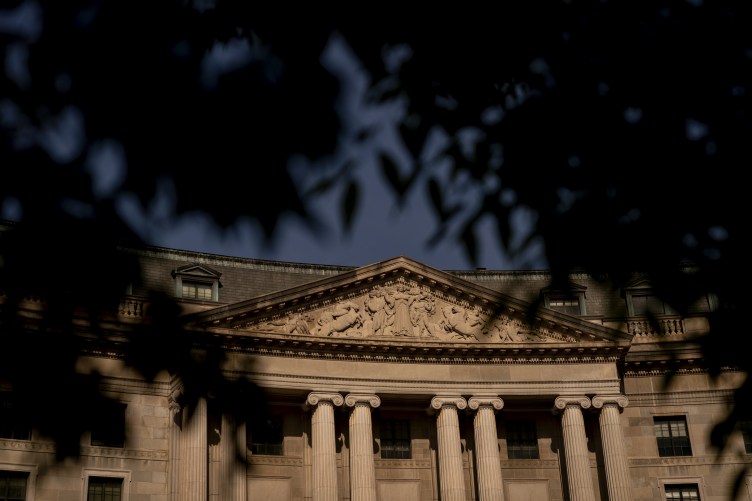Containment domes, top hats and top kills. By now BP and the government have tried to stop the growing environmental disaster in the Gulf of Mexico with a series of different techniques, each with an odder name than the next.
But where are all these ideas coming from, we've wondered. Did BP or the government have plan in place in the event of a blowout?
The answer, so far as we can see: No. None of the documents and plans we've been able to find have details on how to deal with a blowout.
A blowout plan certainly wasn't laid out in BP's initial exploration plan for the well.
Nor is it in the 582 pages of BP's Oil Spill Response Plan for the Gulf of Mexico region. (As we've noted, the document is interesting to look at for a comparison of what BP said prior to the disaster in the Gulf and what it has said since.)
That Gulf-wide plan spells out the organization of the team responding to an incident. It names many of the now-familiar methods of minimizing an existing spill's environmental impact, including the use of booms, skimmers and controlled burns. But instructions on how to stop a spill are scanty:
"Stop further pollution at the source," the plan says on page 262.
"Identify and shut off the source as soon as possible, taking safety into account," it reads on page 178.
Faced with a blowout, BP's methods, as stated in the plan, were to manually or remotely close the safety control valves. Neither of these methods, however, worked with the blowout preventer after the leak was detected in the Gulf. And after that, the plan had only one suggestion:
In the event the spill source cannot be controlled by the facility operator or remotely with a safety system, BP will active the Oil Spill Response Plan and assemble a team of technical experts to respond to the situation.
Nothing about containment domes, top hats, junk shots, top kills or relief wells — many of which have been tried before on previous oil spills. So where is that information?
"The document you have is an internal BP document, so I can't really comment on it," BP spokesman Graham MacEwen told us. "It is an oil spill response document, but it's not a document about the response to the actual leak. It's how we respond to the cleanup. There would be another about how we kill a well."
When we asked about the other document laying out plans on how to stop a blowout and whether the plan would be filed with regulators, MacEwen wasn't sure on the specifics. For one, he wasn't sure if it was in one document or in many separate documents.
As to whether a plan to stop a blowout would be filed with regulators at the Minerals Management Service, he said, "I'm sure it probably is. A blowout plan, I'm sure that sort of plan would be filed with regulators."
The government is also required to file contingency plans for responding to an oil spill — and they don't say anything about top hats either. An interagency National Contingency Plan includes measures like “controlling the source of the spill" and "placement of physical barriers to deter the spread of the oil," but offers no guidance on the details.
Similarly, a government Area Contingency Plan (PDF) for the Gulf of Mexico instructs responders to "contain the source" and be prepared to "remove a worst case discharge of oil," but provides little by way of instructions.
Coast Guard spokesman Christopher O’Neil said that the government’s plans were not required to specifically include responses for a blowout.
"I don't think the area contingency plans are designed to address each and every possible event," said O'Neil. "Rather, it is what is your worst case scenario?"
O’Neil said that plans for responding to site-specific hazards such as the blowout on the Deepwater Horizon must be submitted to the Minerals Management Service by the owner of the well or facility in question.
We've called the Minerals Management Service and sent them a FOIA request asking them for BP's plans to stop a blowout in the Gulf of Mexico. We'll post their response when we get it.











